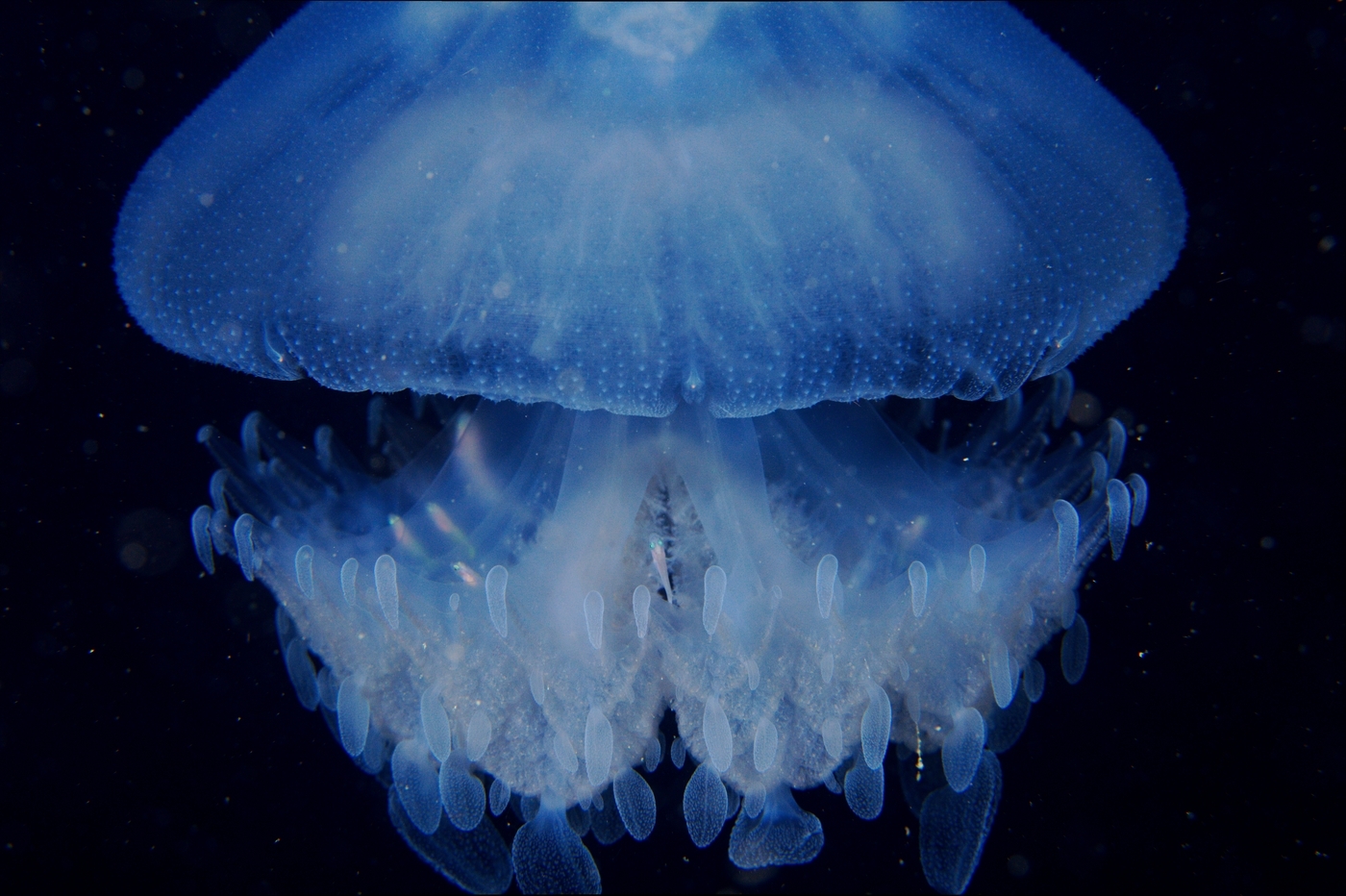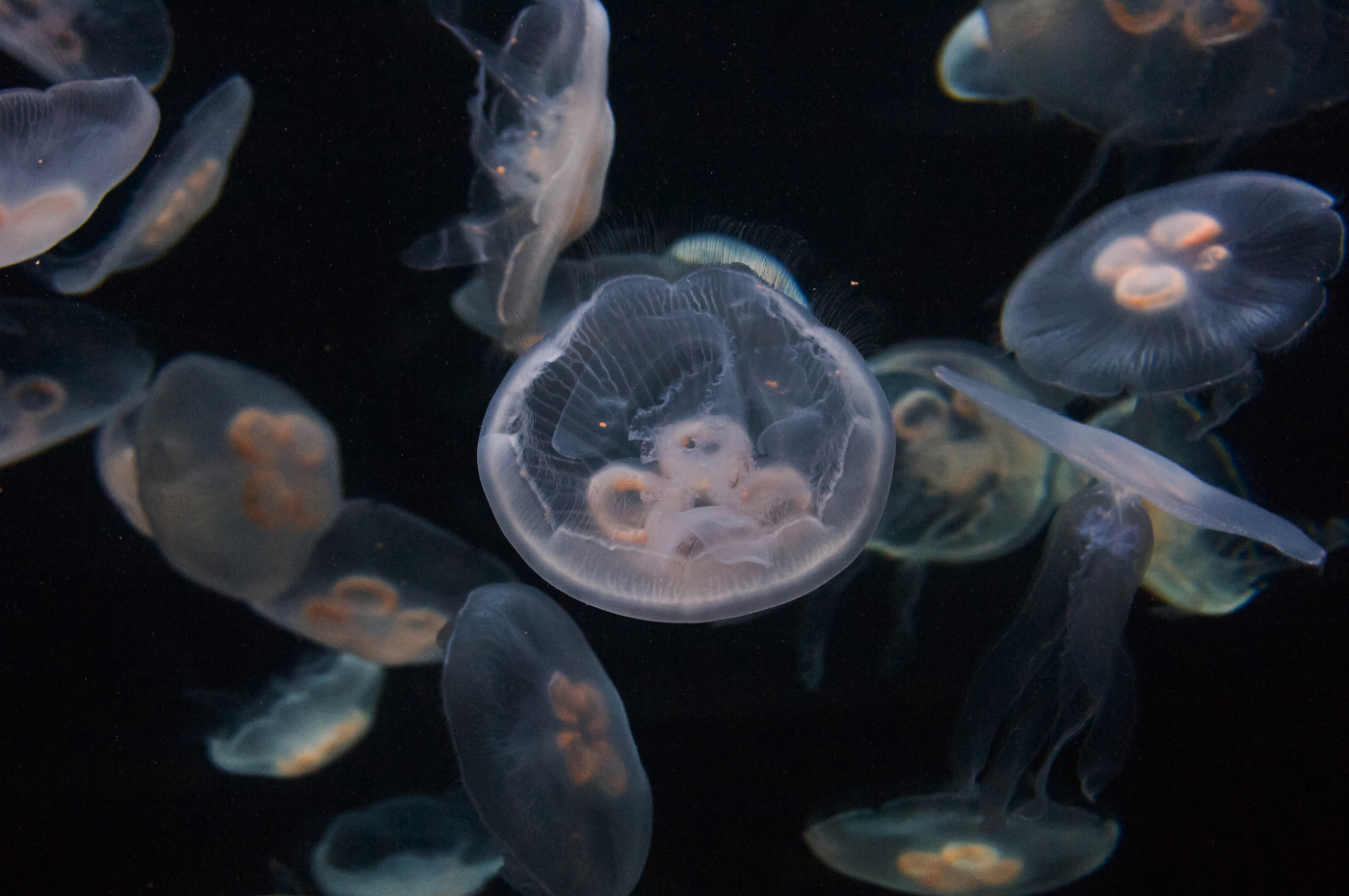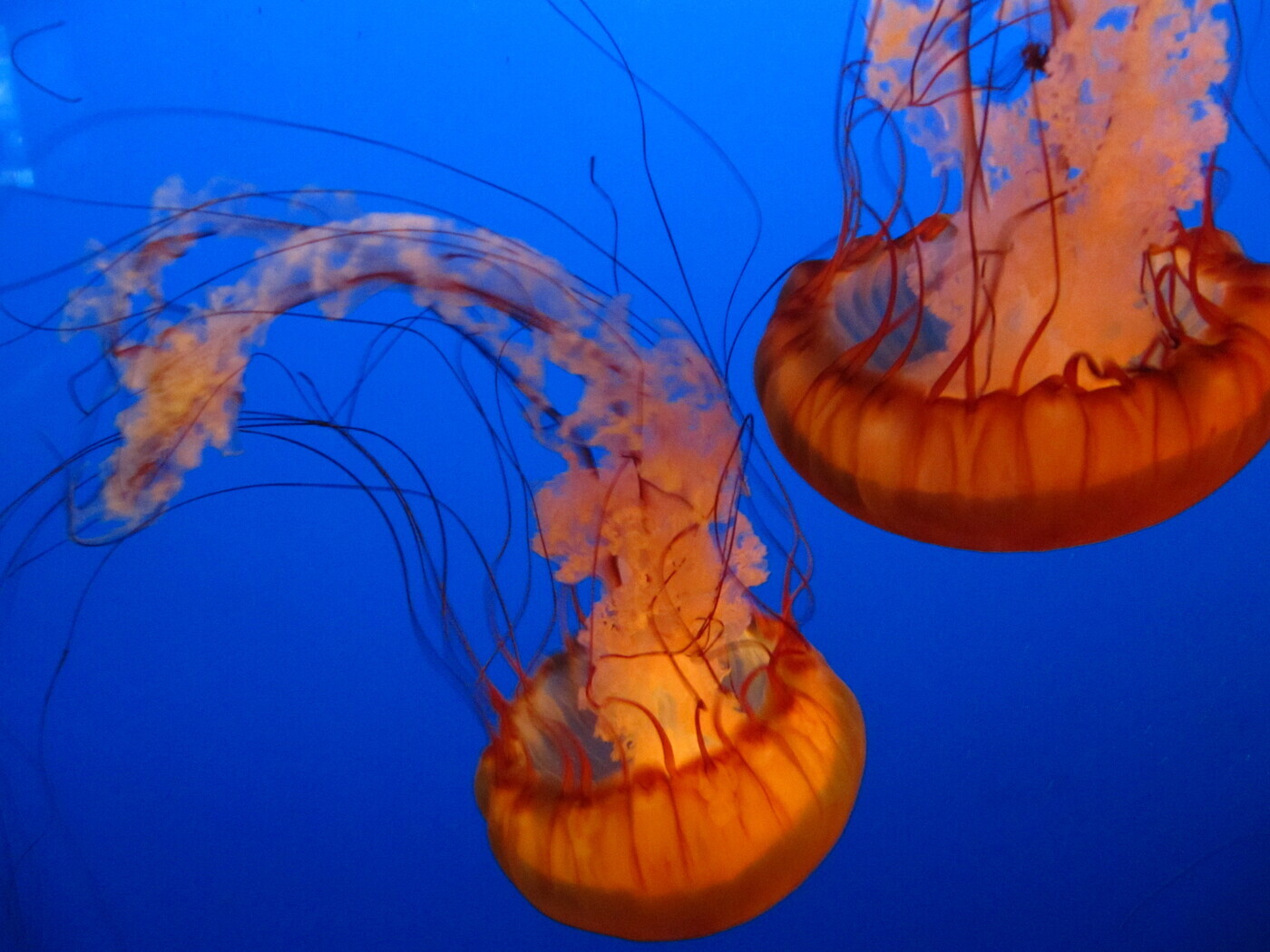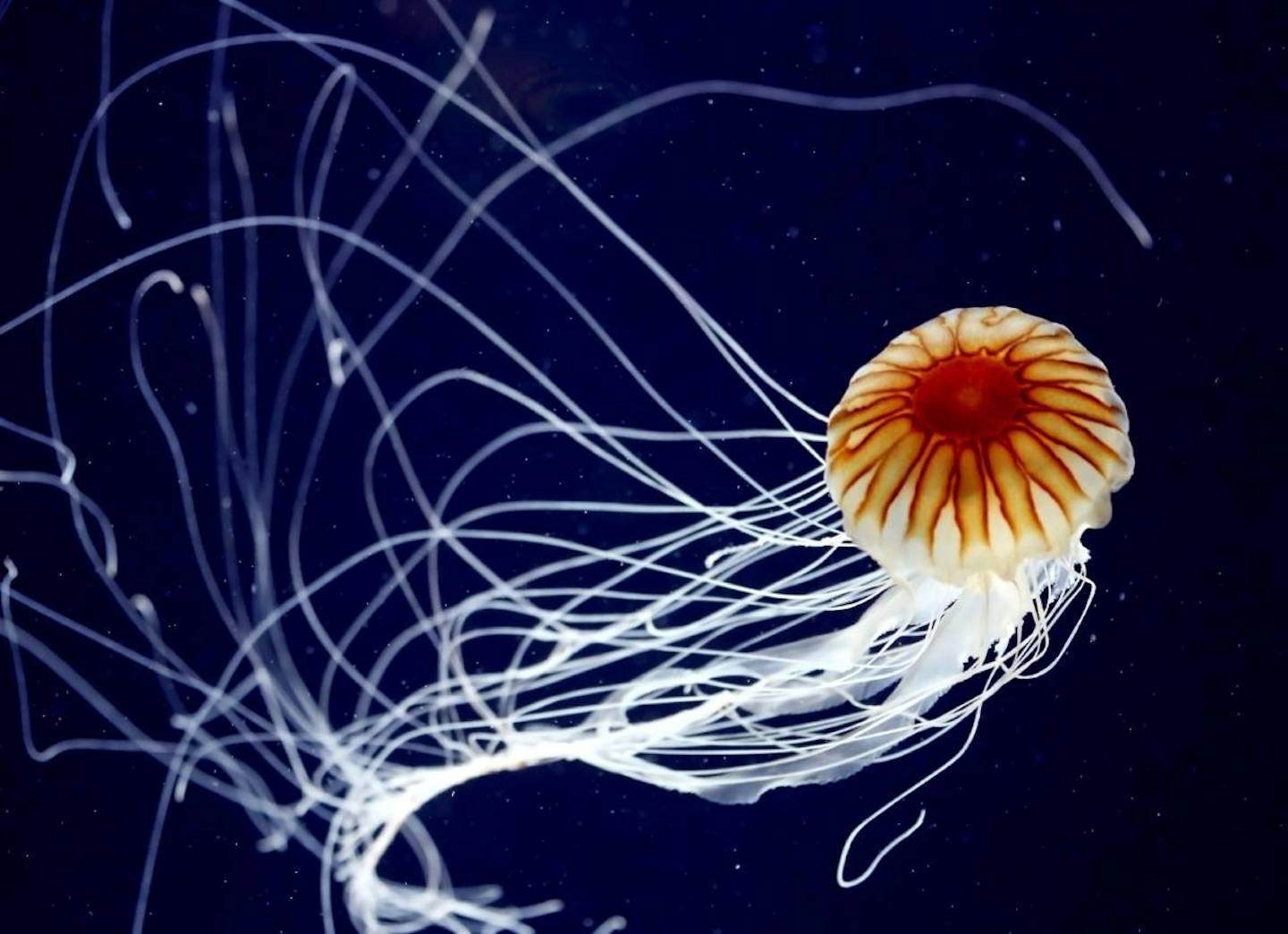Five jaw-dropping facts about jellyfish
Along with sharks, jellyfish have received a bad reputation in culture as something to fear in the ocean. Yet, upon looking past their stinging tentacles, jellyfish are one of the most fascinating creatures on our planet. Evolutionarily, they are designed to last and survive in particularly every part of the ocean.
1. Jellyfish are over 600 million years old.
Before the dinosaurs, trees, or even fungi, there were jellyfish. They are the oldest multi-organ animal, surviving all five of Earth’s mass extinction events. This includes the Great Dying, also known as the Permian-Triassic extinction event, which wiped out 70% of life on our planet. Despite having no bones and therefore no fossils, scientists have dated them by looking for what are called "soft fossils.” These are when organisms leave an imprint in rock after being quickly buried in sediment. Some research has even suggested that jellyfish could be older, possibly 700 million years.

2. There could be 300,000 species of jellyfish.
So far, over 2,000 species of jellyfish have been discovered and identified. However, much like how the Drake equation estimates the number of extraterrestrial civilizations in the Milky Way Galaxy, scientists use a similar system to guess the number of jellyfish species in the unexplored ocean. Some jellyfish are also so microscopic that they are practically invisible. The smallest are those in genera Staurocladia and Eleutheria, measuring only 0.5 millimeters (0.02 in) in diameter. But the world's largest is the Nomura's jellyfish with a diameter of 2 meters (6.5 ft) and weight of up to 200 kilograms (440 lb).

3. They have no brain and are 98% water.
The key to their survival is their ability to blend in with the ocean, which is achieved with bodies made up of 98% water. Not only that, but they also have no brain, blood, lungs, or heart. Instead of a brain, jellyfish have an elementary nervous system with receptors that detect light, vibrations, and chemicals in the water. Along with the ability to sense gravity, these capabilities allow the jellyfish to navigate. Absorbing oxygen through their gelatinous skin, they have no evolutionary need for lungs, heart, or blood. Some species of jellyfish do have eyes and "teeth," or rather thin hairs that pull in and bite down on their food.
.jpeg)
Turritopsis dohrnii
4. One species may be immortal.
As far as scientists can tell, the Turritopsis dohrnii jellyfish might be able to cheat death. Found in the Mediterranean Sea and in the waters of Japan, this species can undergo cellular transdifferentiation. When threatened, sick, or old, it begins a process that reverts its cells to a polyp or adolescent stage and then forms a new polyp colony. Basically, creating younger versions of itself that will become identical to its mature adult form when grown. A jellyfish fountain of youth! Yet, other species aren’t so lucky. Most jellyfish only live for about a year, with some only living for a couple of days.

Image credit: Creative Commons, Dirk Haun
5. In their ecosystem, jellyfish are effective predators.
As a food source for sea anemones, tuna, swordfish, sharks, sea turtles, and penguins, jellyfish have often been labeled as essential prey. Research now shows that jellyfish are potent predators, consuming fish, shrimp, crabs, and tiny plants. In a dual role, jellyfish keep these populations in balance and provide nutrition in the form of fatty acids to their predators. Jellyfish use the stinging cells in their tentacles to paralyze their prey before eating them. Called nematocysts, these small compartments house a tiny, needle-like stinger. When triggered, the chamber opens, letting ocean water rush in, which causes the stinger to shoot out and venom to be released.
So, if you ever find yourself swimming in the sea with a jellyfish, perhaps you’ll appreciate one of evolution’s simplest yet compelling designs. If you ever happen to get stung, don’t use urine. This myth will actually worsen the pain!
Interested in learning more about the fascinating species that we share this planet with? Use One Earth's interactive Navigator to explore bioregions around the world.
Launch Bioregion Navigator


